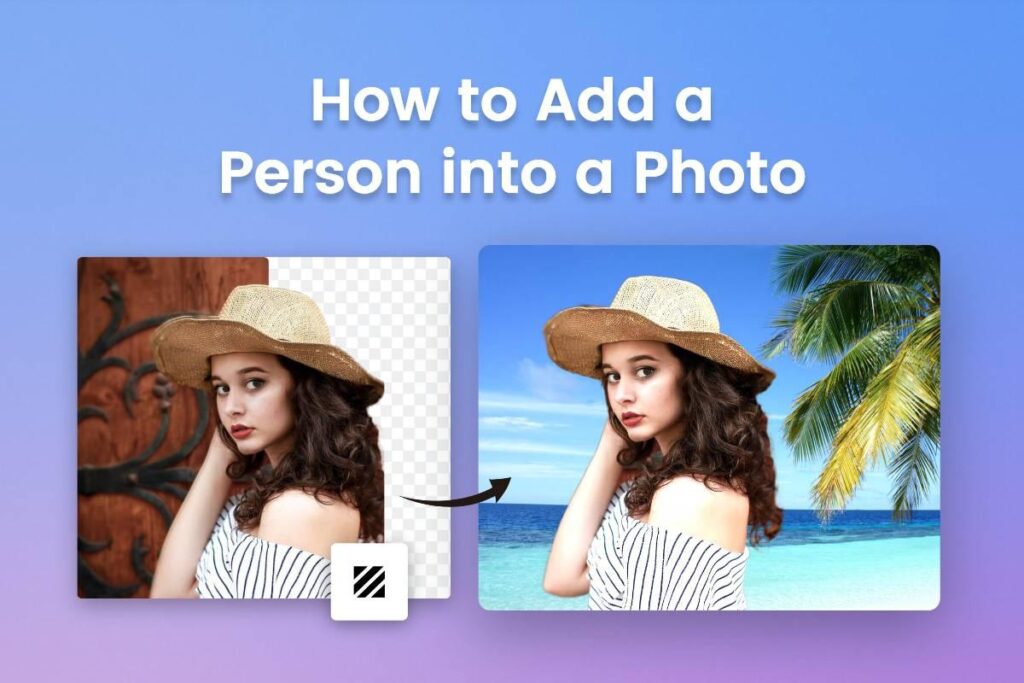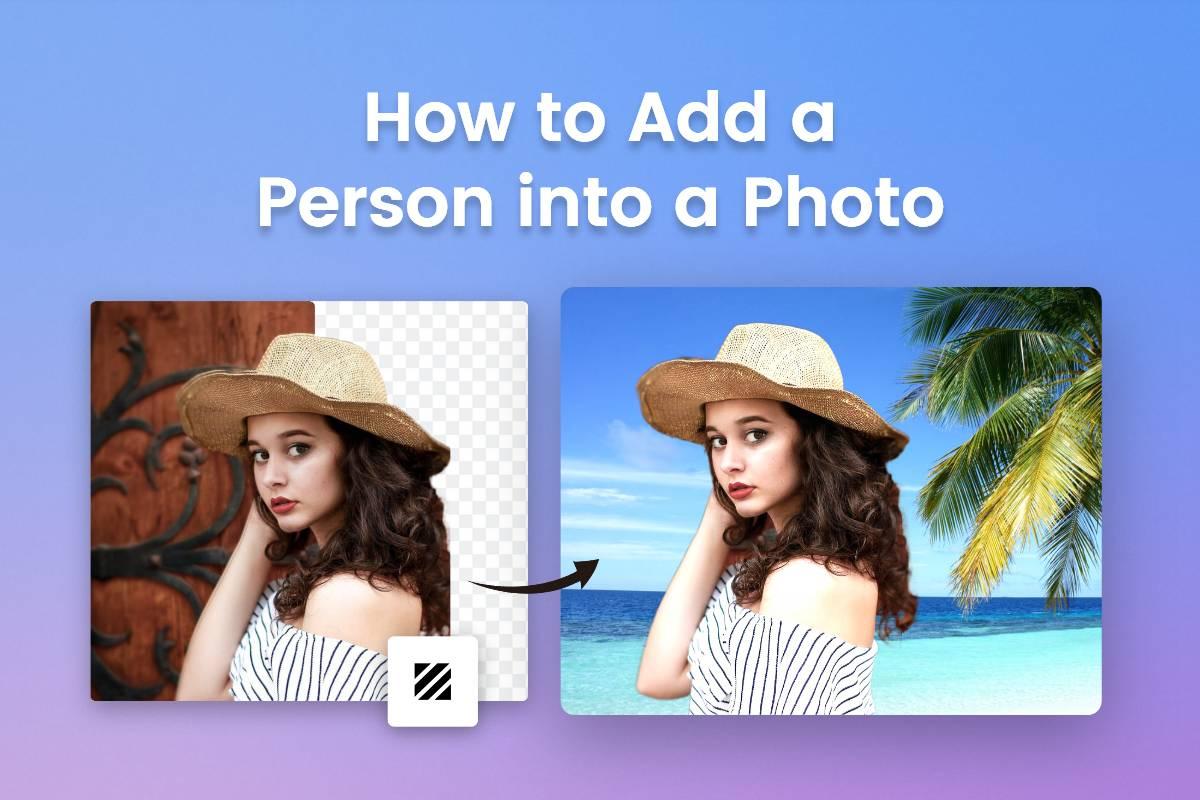
Navigating the Digital Landscape: A Comprehensive Guide to Posting Pictures Online
In today’s digitally driven world, posting pictures online has become an integral part of our daily lives. From sharing personal moments with friends and family to showcasing professional portfolios, the internet offers a plethora of platforms for visual expression. However, navigating this landscape requires careful consideration of various factors, including privacy, security, image optimization, and platform selection. This comprehensive guide aims to provide a clear and concise overview of the best practices for posting pictures online, ensuring a safe, effective, and enjoyable experience.
Understanding the Importance of Privacy and Security
Before delving into the technical aspects of posting pictures online, it’s crucial to address the fundamental concerns of privacy and security. Every image uploaded to the internet has the potential to be viewed, shared, and even misused by others. Therefore, understanding the implications and taking proactive measures to protect your personal information is paramount.
Privacy Settings: Your First Line of Defense
Most social media platforms and image-sharing websites offer a range of privacy settings that allow you to control who can view your content. Familiarize yourself with these settings and configure them according to your comfort level. Options typically include:
- Public: Anyone on the internet can view your photos.
- Friends/Followers: Only approved connections can see your content.
- Custom: You can create specific groups of people who have access to your photos.
Regularly review your privacy settings, especially after platform updates, as defaults may change. Consider using two-factor authentication (2FA) for added security, which requires a second verification method (e.g., a code sent to your phone) in addition to your password.
Watermarking: Protecting Your Intellectual Property
If you’re a photographer or artist, watermarking your images can help protect your intellectual property. A watermark is a subtle overlay of text or a logo that identifies you as the creator of the image. While it doesn’t prevent unauthorized use entirely, it makes it more difficult for others to claim your work as their own. Several free and paid tools are available for adding watermarks to your photos.
Being Mindful of Metadata
Metadata is data embedded within an image file that provides information about the photo, such as the date and time it was taken, the camera settings used, and even the GPS location. While metadata can be useful for organization and documentation, it can also reveal sensitive information about your whereabouts. Before posting pictures online, consider removing metadata using image editing software or online tools. Many platforms automatically strip metadata upon upload, but it’s always best to double-check.
Choosing the Right Platform for Posting Pictures Online
The internet offers a diverse array of platforms for posting pictures online, each with its own unique features, audience, and purpose. Selecting the right platform depends on your goals and the type of content you’re sharing.
Social Media Platforms: Connecting and Sharing
Social media platforms like Instagram, Facebook, and Twitter are popular choices for sharing personal photos and connecting with friends and family. Instagram is particularly well-suited for visual content, with its emphasis on filters, stories, and hashtags. Facebook allows for broader sharing with larger networks, while Twitter is often used for quick updates and news-related content. When posting pictures online to these platforms, consider the platform’s specific image size and aspect ratio requirements to ensure optimal display.
Image Sharing Websites: Showcasing Your Work
Image sharing websites like Flickr and 500px are geared towards photographers and artists who want to showcase their work to a wider audience. These platforms often offer higher resolution image storage and more advanced features for organizing and presenting your photos. They also provide opportunities for feedback and critique from other photographers. When posting pictures online to these sites, focus on curating a high-quality portfolio that reflects your skills and style.
Cloud Storage Services: Backing Up and Sharing
Cloud storage services like Google Photos, Dropbox, and iCloud Photo Library offer a convenient way to back up your photos and share them with others. These services typically provide ample storage space and allow you to create albums and share links to specific photos or folders. They’re also useful for collaborating on projects and sharing large files. Consider using these services for posting pictures online when you need to share images privately with a select group of people or when you want to ensure that your photos are safely backed up.
Personal Websites and Blogs: Maintaining Control
For those who want complete control over their online presence, creating a personal website or blog is an excellent option. This allows you to customize the look and feel of your photo galleries and maintain ownership of your content. You can use platforms like WordPress, Squarespace, or Wix to easily create a visually appealing website and integrate image galleries. This approach is particularly beneficial for photographers and artists who want to establish a professional online presence. [See also: Building a Photography Portfolio Website]
Optimizing Your Images for Online Posting
Optimizing your images before posting pictures online is crucial for ensuring fast loading times, optimal display, and improved search engine visibility. Image optimization involves reducing file size without sacrificing quality, choosing the right file format, and adding descriptive alt text.
File Size and Compression
Large image files can significantly slow down website loading times, which can negatively impact user experience and search engine rankings. Use image editing software or online tools to compress your images before uploading them. Aim for a file size of under 500KB for most web images. Experiment with different compression levels to find the optimal balance between file size and quality. For posting pictures online, smaller file sizes are almost always preferred for usability.
File Format: JPEG vs. PNG vs. WebP
The choice of file format can also impact image quality and file size. JPEG is a lossy compression format that’s well-suited for photographs and images with complex colors. PNG is a lossless compression format that’s ideal for images with sharp lines, text, and graphics. WebP is a modern image format developed by Google that offers superior compression and quality compared to JPEG and PNG. Consider using WebP whenever possible, as it can significantly reduce file size without sacrificing visual fidelity. Most browsers support WebP, but it’s always a good idea to provide a fallback option in JPEG or PNG format for older browsers. When posting pictures online, file format should be considered during optimization.
Alt Text: Improving Accessibility and SEO
Alt text (alternative text) is a short description of an image that’s displayed when the image cannot be loaded or when a user is using a screen reader. Adding descriptive alt text to your images improves accessibility for visually impaired users and helps search engines understand the content of your images. Use concise and relevant keywords in your alt text to improve your website’s SEO. For example, instead of using “image.jpg” as your alt text, use “Golden Retriever playing fetch in a park.” [See also: SEO for Images: A Comprehensive Guide]
Legal Considerations When Posting Pictures Online
Understanding the legal implications of posting pictures online is essential to avoid copyright infringement and other legal issues. Always ensure that you have the right to use any images that you upload, and respect the intellectual property rights of others.
Copyright Law: Understanding Your Rights
Copyright law protects the rights of creators to control how their work is used. If you’re using images that you didn’t create yourself, make sure you have permission from the copyright holder or that the images are licensed under a Creative Commons license. Be aware of the terms of the license and adhere to them accordingly. Using copyrighted images without permission can result in legal action. [See also: Understanding Copyright for Digital Content]
Model Releases: Protecting People’s Privacy
If you’re posting pictures online that feature identifiable people, you may need to obtain a model release. A model release is a legal document that grants you permission to use a person’s image for commercial purposes. While a model release may not be required for personal use, it’s always a good idea to err on the side of caution and obtain one whenever possible, especially if you plan to use the images for marketing or advertising. This protects both you and the individuals in the photographs.
Conclusion: Posting Pictures Online Responsibly
Posting pictures online is a powerful way to connect with others, share your experiences, and showcase your creativity. By understanding the principles of privacy, security, image optimization, and legal considerations, you can navigate the digital landscape safely and responsibly. Whether you’re sharing personal photos with friends and family or building a professional portfolio, taking the time to optimize your images and protect your privacy will ensure a positive and rewarding experience. Remember to always be mindful of the potential consequences of your online actions and strive to create a positive and respectful online environment. The key to successfully posting pictures online lies in balancing creativity with responsibility, ensuring that your visual contributions enhance the digital world rather than detract from it.

